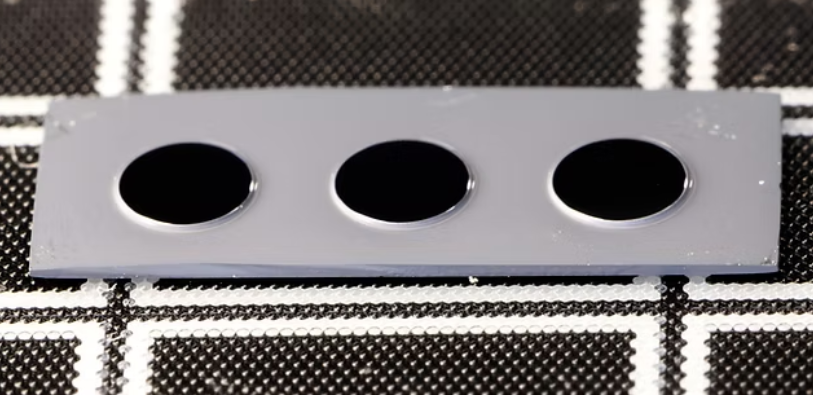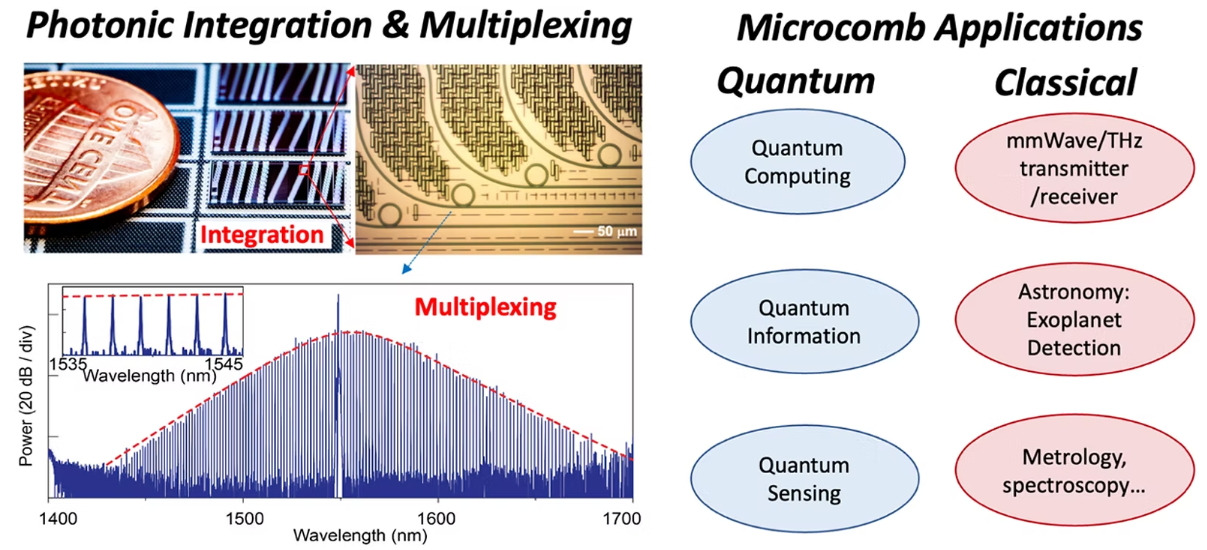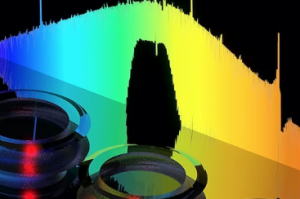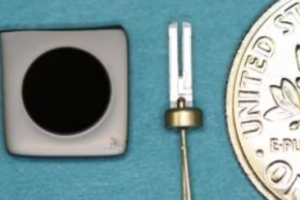Research Overview
Research Areas
The research in our lab is based on optical microresonators. These chip-based, micro/millimeter scale photonic devices are able to confine light for up to several hundreds of nanoseconds, effectively compressing several tens of meters of the light beam into microscale structures. This results in high circulating optical power inside the resonator, which makes the optical microresonator a popular platform for studying new physics and photonics applications.

In our group, we are particularly interested in studying microresonator-based optical frequency combs (microcombs). Microcombs use Kerr nonlinearity to convert a single wavelength, continuous wave pump laser into hundreds of laser lines with equally spaced frequencies (called frequency comb). Microcombs leverage integrated photonics to miniaturize the Nobel prize-winning comb technology, which could revolutionize the instrumentation in spectroscopy, metrology, navigation, and astronomy.

The core of our research is to leverage integration and multiplexing of photonics for various classical and quantum applications. The top left shows the integrated photonic chips in our lab, where hundreds of micro-ring resonators and waveguides are integrated on a millimeter-scale chip. The integration increases the density of optic components by many orders of magnitude and enables mass production. The bottom left shows the frequency/wavelength multiplexing enabled by each micro-ring resonator through the formation of a microresonator-based optical frequency comb (microcomb). Hundreds of laser wavelengths are activated in a single ring-resonator device. The right panel lists the applications for our photonic platforms.

